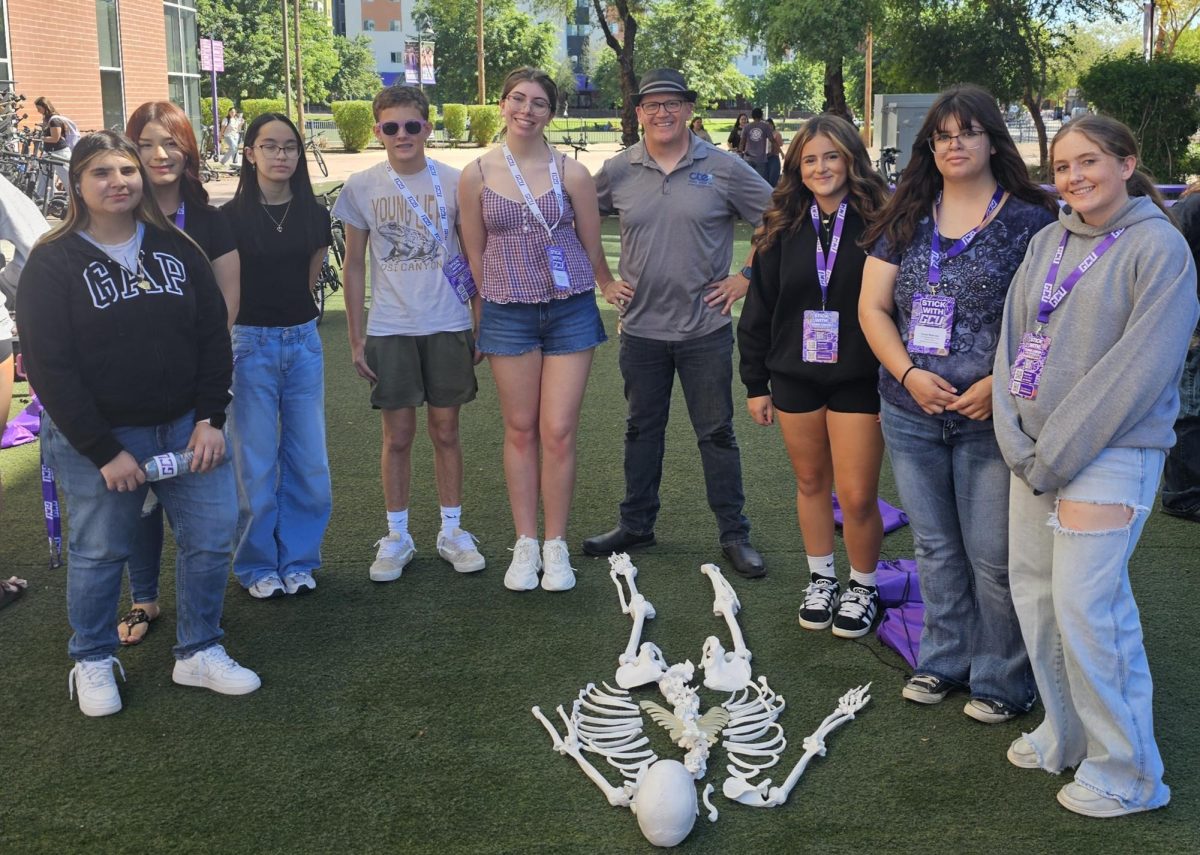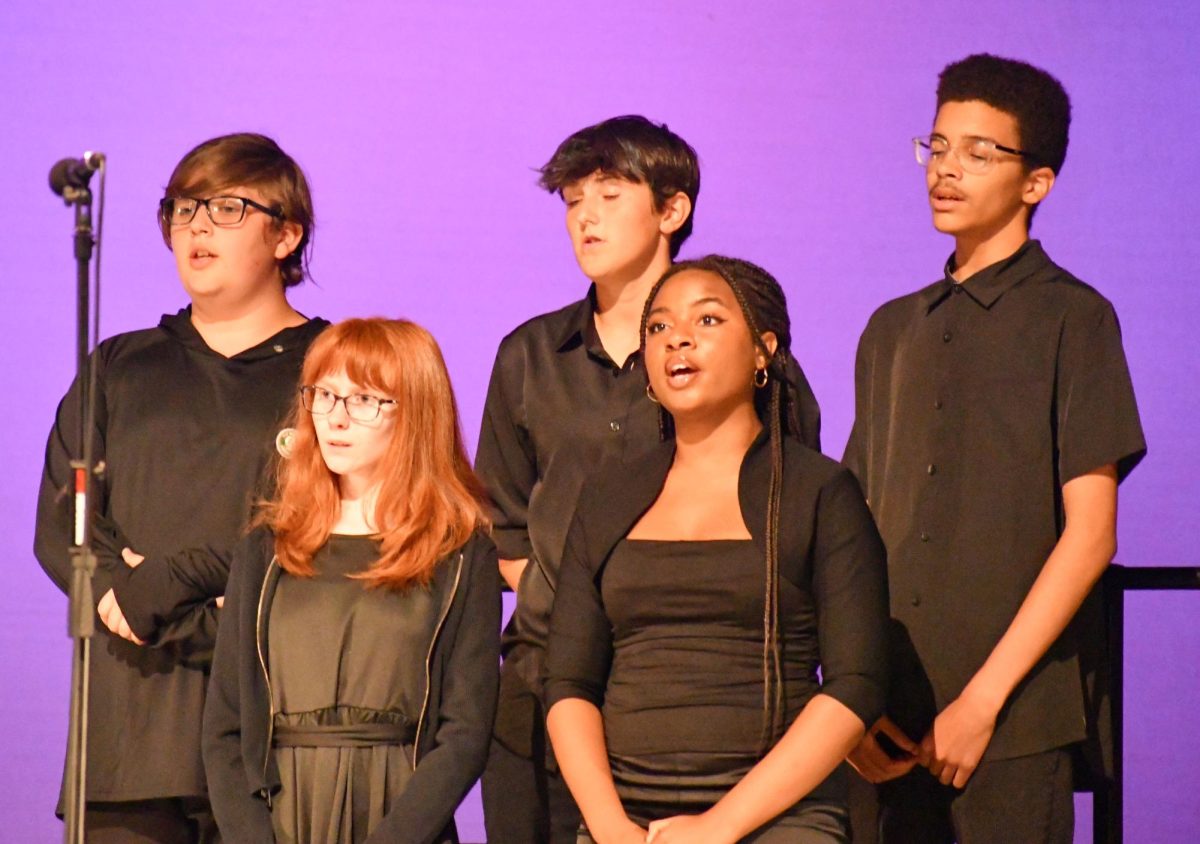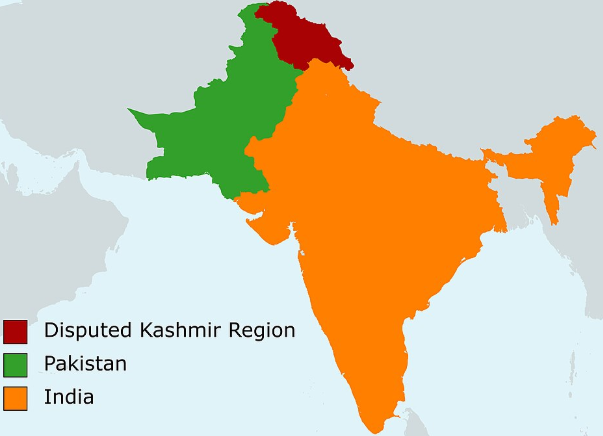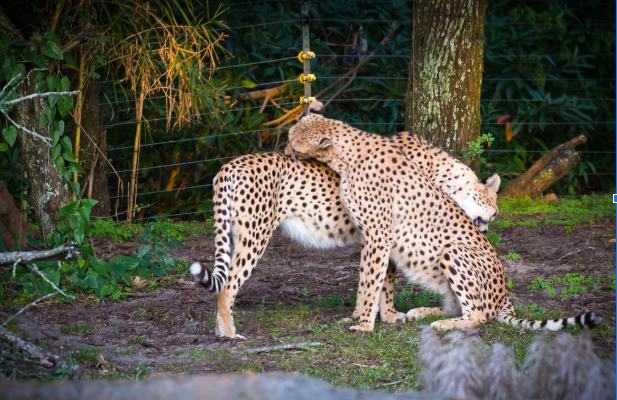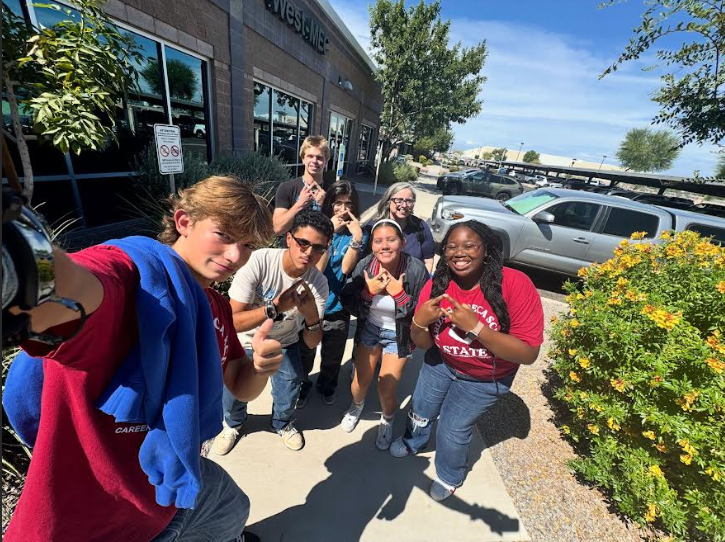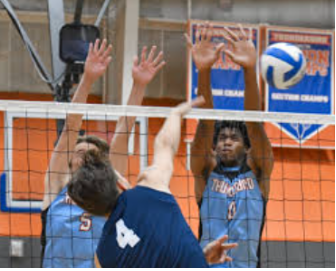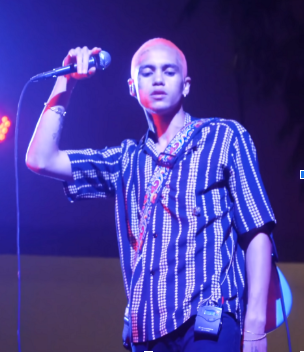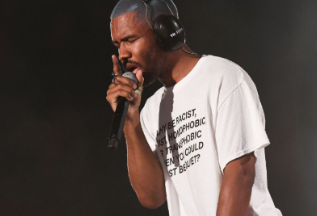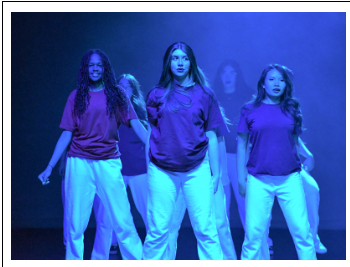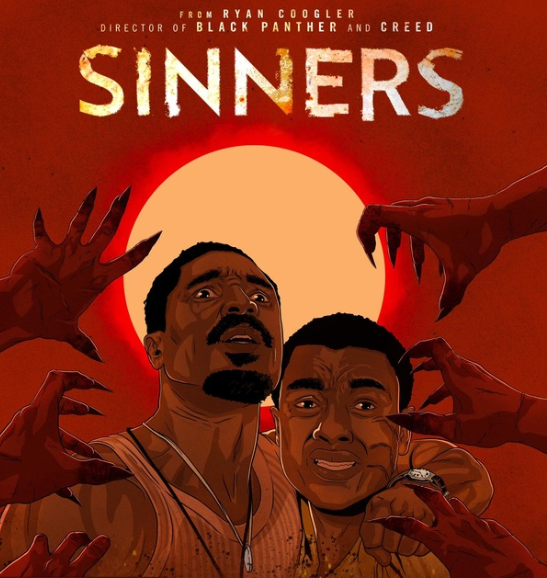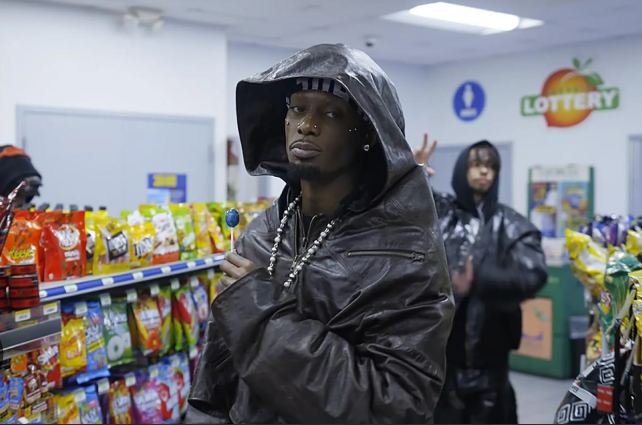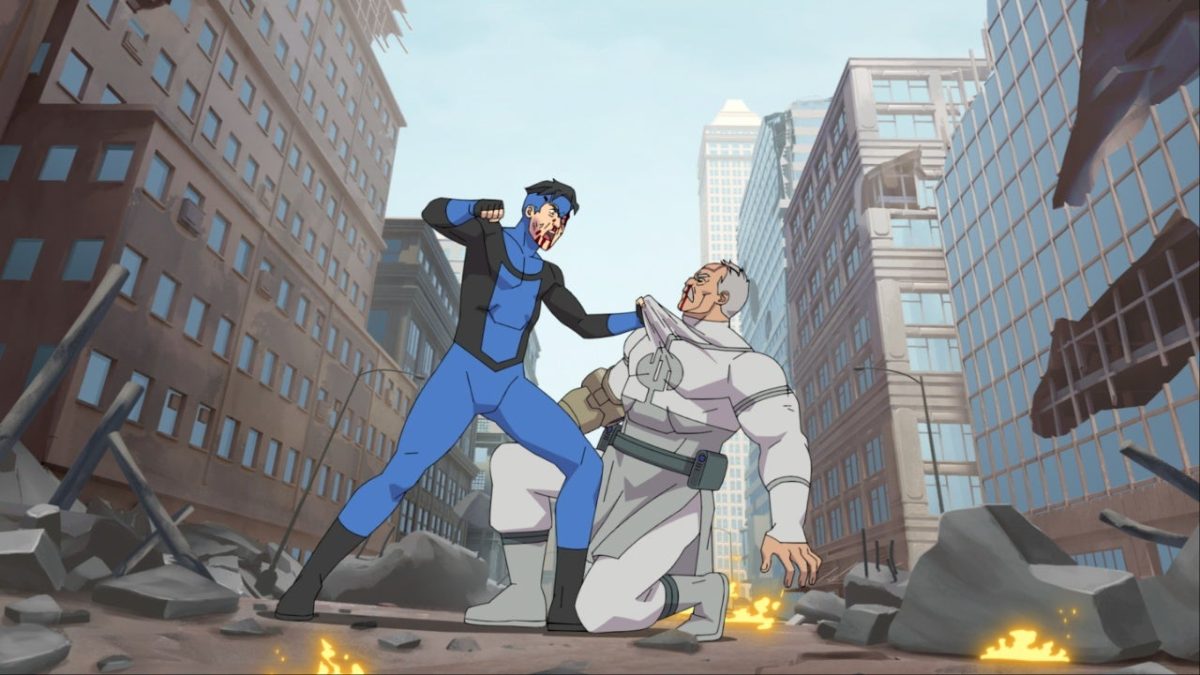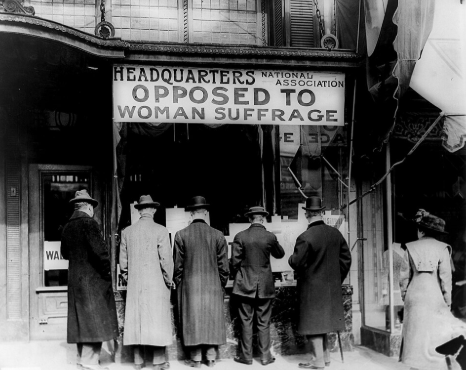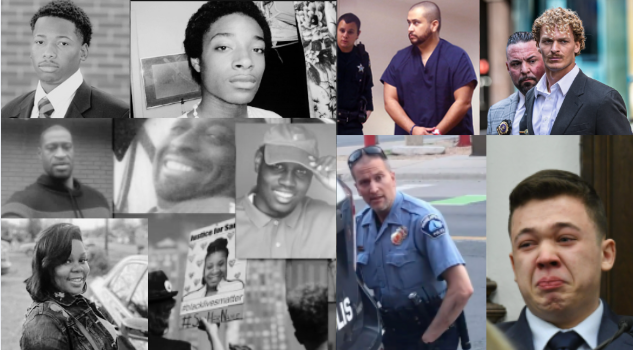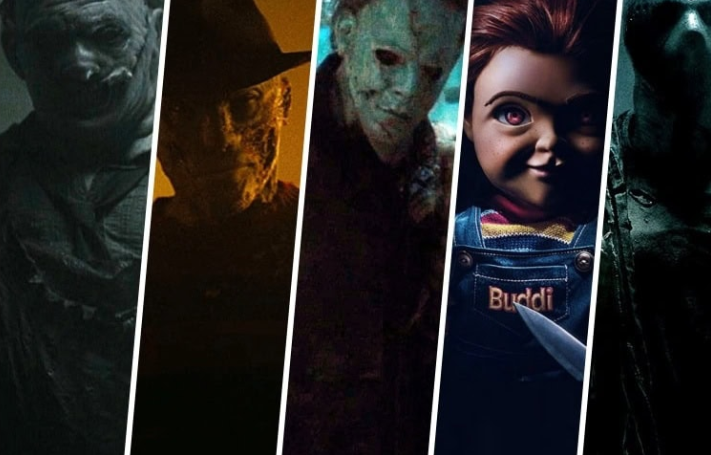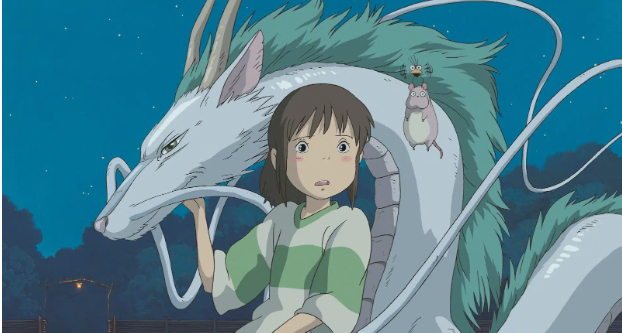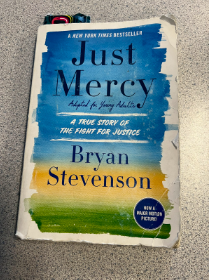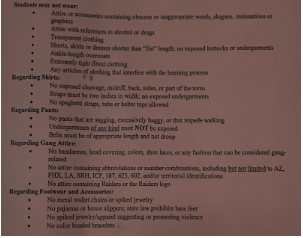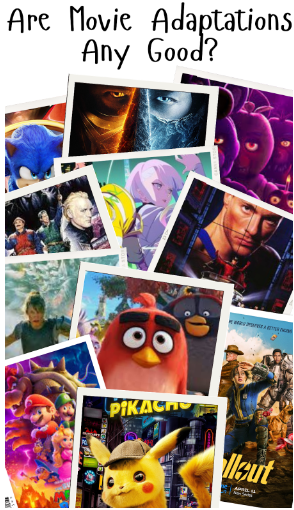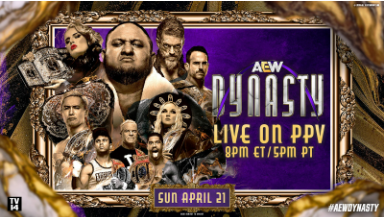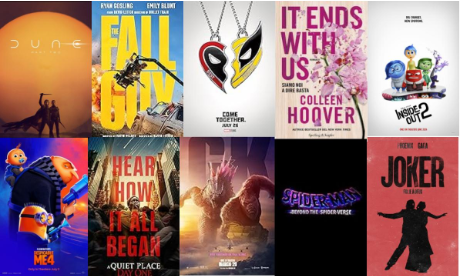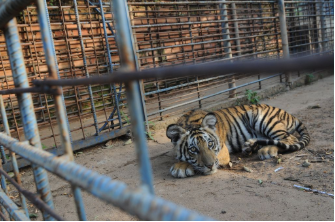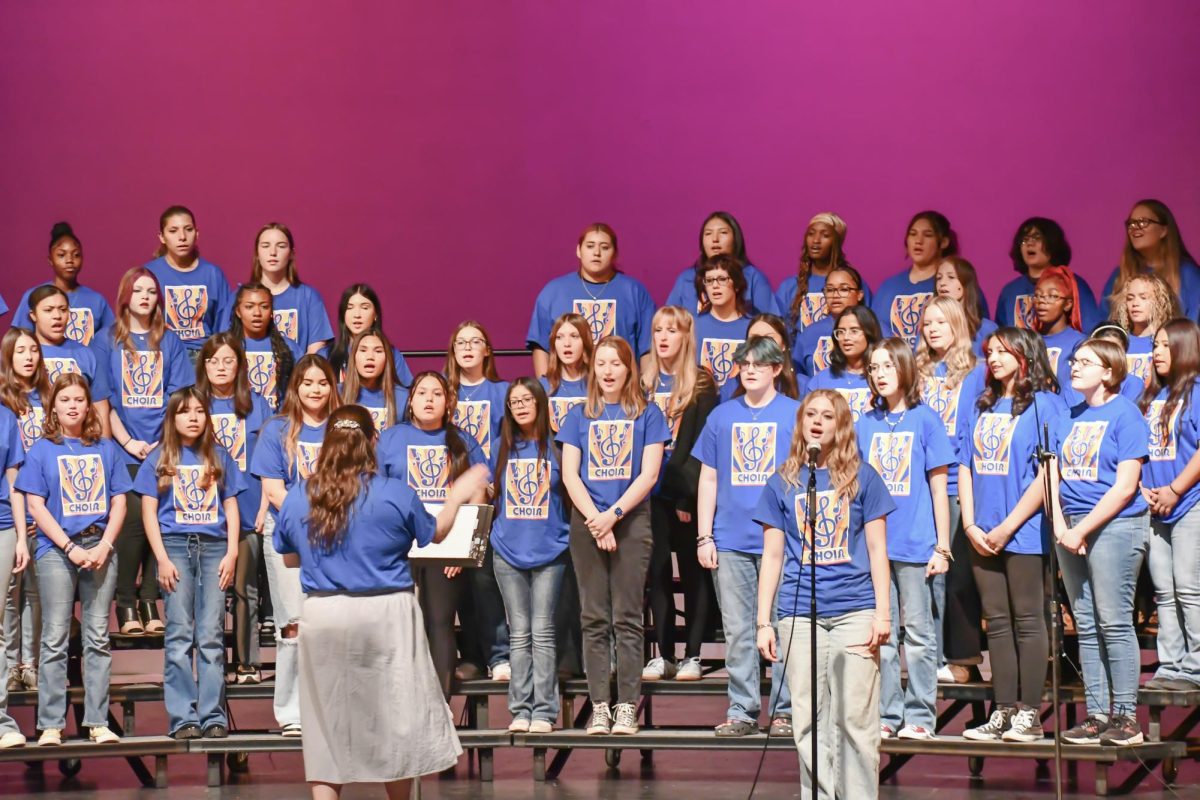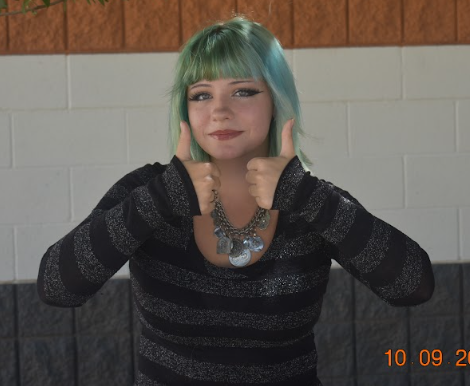Hate is a subjective term. Many describe it as the opposite of love or an extreme dislike of something. Hatred, targeted and fired at minorities, has divided our country.
All forms of hate can be traced back to one fundamental emotion: fear. Phobias, or irrational fears, are synonymous with hate.
Homophobia, the prejudice against queer people, stems from fear—the idea of being out of sync with everybody else, experiencing different feelings than others. Tolerance of the queer community is growing. Though for almost all of history, the majority of people were taught from a young age that liking people of the opposite sex is wrong, that people can’t feel the way they do.
Obergfell v. Hodges, the case arguing that the 14th Amendment guarantees the right to marry someone of the same sex, was brought to the U.S. Supreme Court in 2015. With a 5-4 decision, same-sex marriage was made legal, according to pbs.org. Still, just 10 years with legal permission to love another person of the same gender is disappointing.
Transphobia is also still heavily normalized all over the world. Brianna Ghey, a 16-year-old transgender girl from England, was murdered simply for being trans, though it wasn’t listed as a hate crime. The coverage of this case was rarely present in the media, even though a child was slaughtered. “Brianna was … stabbed 28 times, with a hunting knife…in a ferocious attack,” according to cps.gov.uk, an English crime website. Eddie Ratcliffe and Scarlett Jenkinson, the murderers, were both sentenced to around 20 years with the possibility of parole, receiving the opportunity to be free, even after murdering someone who simply existed in their own skin.
Similar to queer people, throughout history, women have faced prejudice. They have been seen as less capable people. Their rights were decided by men, often without a chance to express their opinion through voting. Women still face that prejudice today.
The landmark case Roe v. Wade was overturned in 2022 after around 50 years of being in effect. This case made it a federal right of women to get abortions, no matter the situation. With it being gone, abortion policies are now up to each state. “From the very moment of fertilization, a woman has no rights to speak of. A state can force her to bring a pregnancy to term even at the steepest personal and familial costs,” said justices Sonia Sotomayor and Elana Kagan. If the birth of a baby will potentially kill the woman, is her life less important than the one inside of her?
One example is Adriana Smith, a 30-year-old woman from Georgia, who was forced to give birth after she was declared brain dead. “Smith’s family says Emory doctors have told them they are not allowed to stop or remove the devices that are keeping her breathing because of a provision in state law that bans abortion after cardiac activity can be detected,” according to pbs.org.
Many mistake feminism for completely hating men, though it is quite different. Feminism calls for equal rights for everyone. “As a feminist, I feel that I’m looked at differently for thinking the way I do. I often see videos ridiculing feminists, saying things like, ‘Oh, just say you can’t cook.’ I think that many people have forgotten the true meaning of feminism,” said Annalise Arollo, sophomore. People online stereotype feminists, questioning why they “hate men” and are confused by what feminism even is. Misandry, the actual word for hating men, is often mistaken for feminism.
Racism, possibly the most prominent bias in the United States, is still a glaring problem. About 60 percent of people say that race relations in the United States are generally bad, according to pewresearch.org.
Many common sayings and phrases can be traced back to racism in America. “Nit-picky,” a commonly used term to describe someone worried about unimportant things, has origins in slavery. Enslaved people would be forced to pick nits, or lice, out of each other’s hair. The task earned the term “nit-picking,” which later evolved into “nit-picky.” Another phrase, “no can do,” was originally used to mock Asian immigrants for their broken English, according to Adam Aleksic, a TikTok user who posts educational videos about etymology, linguistics, and how language evolves.
Racial stereotypes are very present in today’s media. Whether it’s crude humor on South Park or genuinely hurtful comments from podcasters, people of color are constantly the butt of the joke. “There was one time when I was introduced by my friends as their ‘black friend.’ It really made me realize that a lot of people just see others as a list of stereotypes rather than a whole person with thoughts and feelings,” said Kaleb Stott, sophomore at North Canyon.
Hatred is an epidemic in the United States these days, and it comes in many forms: hatred of queers, women, and people of color are just a few of the ways our country has come to be divided.


